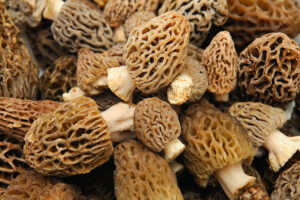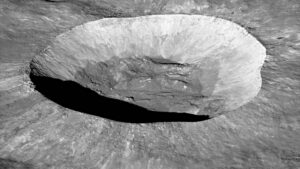“Just add water.” The prompt had deep roots in atomic-age America when the wonders of science made child’s play of seemingly impossible transformations. Everyone of a certain age remembers “sea monkeys”, the brine shrimp-like creatures that came in powdered form inside a mail-order kit.
The procedure was simple: Fill the creatures’ new habitat with water, and pour them in. Shortly, a community of tiny swimming animals formed. Voila!

From Strange Adventures #231, July-August 1971. Photo: ‘Jamie’, Flickr
In mid-September, a rare downpour turned the desert floor at Arizona’s Wupatki National Monument into a natural “sea monkey” bloom.
Triops, prehistoric relatives of horseshoe crabs, sprung from the sand after a rare rain flooded the archaeological site at the Monument known as the ball court. Visitors first noticed the oddity, assuming the little squiggly things in the water were fish.

The ball court at Wupatki National Monument, where a flood caused a prehistoric birthing event. Photo: Ken Lund
“We had a couple of visitors that were like, hey you guys have fish in the ball court,” Wupatki National Monument ranger Cathy Cooksey told local NBC News 12. “And we’re like, what?”
What, indeed. Triops are 2.5 to 5cm long, including their tails. The tiny creatures live in water, but their eggs can survive prolonged drought for decades in a dormant state known as diapause. People casually refer to them as “living fossils.” Remains of their oldest known relatives date to the Triassic or Jurassic Period, between 152.3-233.5 million years ago.

Triops longicaudatus. Photo: Reiser
Triops only hatch when there’s enough water to sustain life and facilitate breeding. In this case, the pond in the ball court only filled about five centimetres deep and almost immediately started evaporating. Cooksey said they can live up to 90 days if their habitat lasts long enough, but the pond at Wupatki National Monument dried up after about a week.
As of now, there’s no way to tell whether the Wupatki National Monument “sea monkeys” will return — it’s up to Mother Nature to just add water again.






